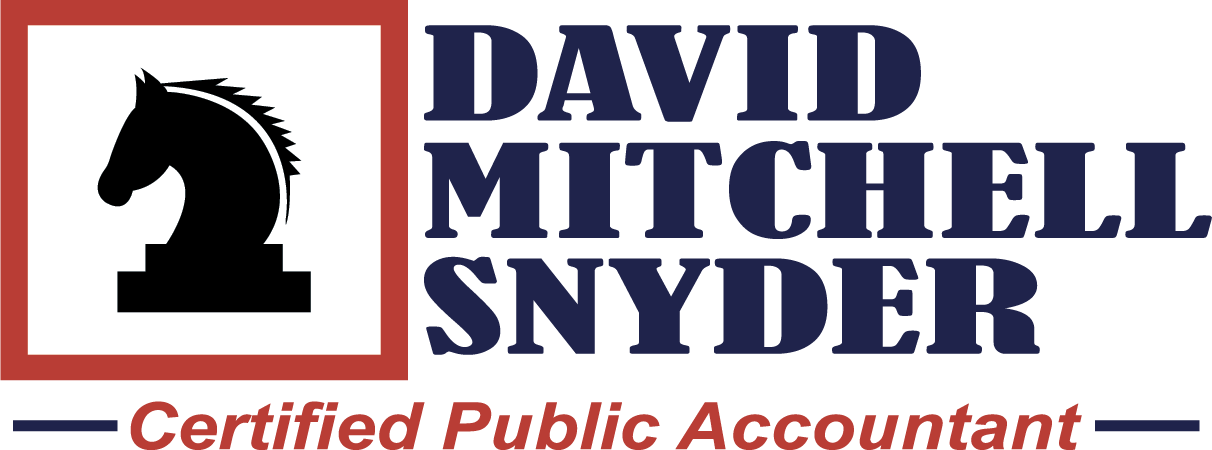Rental Real Estate Depreciation

Rental Real Estate Depreciation
Section 179
The Tax Cuts and Jobs Act (TCJA) expanded the definition of section 179 property by adding roofs, HVACs, fire protection, alarm and security systems made to non-residential rental property. These items can not be attributable to the enlargement of the building, any elevator or escalator or the internal structural framework of the building.
The TCJA also increased the amount of property that could be currently expensed under section 179 from $500,000 to $1,000,000.
Bonus Depreciation
The TCJA increased bonus depreciation from 50% to 100%. Bonus depreciation generally applies to depreciable business assets with recovery lives of 20 years or less. Appliances, computers, equipment, furniture, and machinery all qualify for the new 100% Bonus depreciation. Some used property now qualifies for the first time.
The Act also allows bonus depreciation and a 15-year recovery period for an expanded class of property improvements, such as building interior renovations, roofs, ventilation, heating and air conditioning systems, fire protection, alarm systems, and security systems.
Personal Property
Most personal property now has a five-year life and can be currently expensed by using Section 179 expensing or the 100% bonus depreciation.
Real Property
The new law keeps the general recovery periods of 39 years for nonresidential real property and 27.5 years for residential rental property. But the new law changes the alternative depreciation system recovery period for residential rental property from 40 years to 30 years.
Cost Segregation
Cost segregation can be even more beneficial than before under the new Act. More property can be immediately expensed under the new act. This gives better time value of the monetary benefits.
During a cost segregation study, engineers, specifically trained in tax depreciation methods, identify assets embedded in a building’s construction or acquisition costs that can be depreciated over five, seven or 15 years rather than the standard 27.5 or 39 years. Those assets are then reclassified, allowing the building owner to accelerate depreciation of the property for tax purposes. In a typical year accelerating depreciation from 27.5 or 39 years to shorter lives is powerful on its own. Thanks to the changes to the bonus depreciation rules under TCJA, any assets identified in a cost segregation study as qualifying for MACRS depreciation treatment of 20 years or less may generally be deducted in full in year one.
